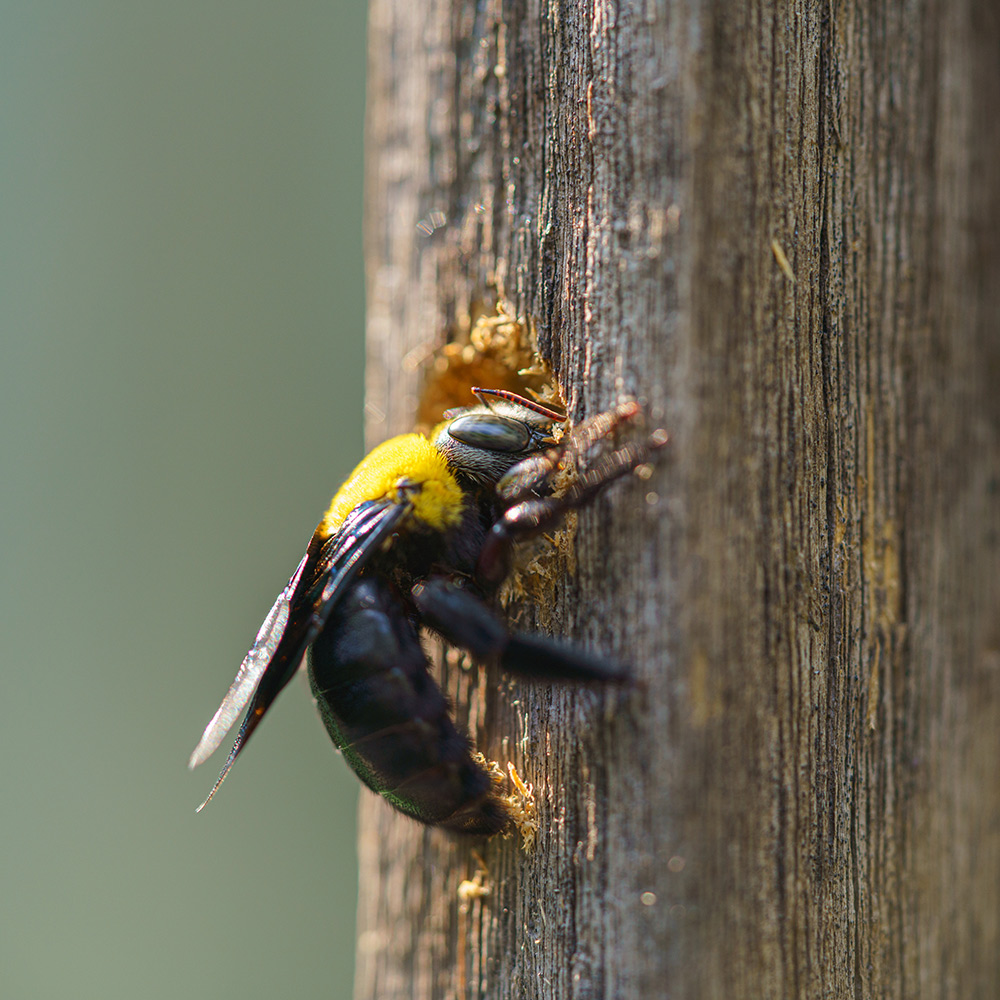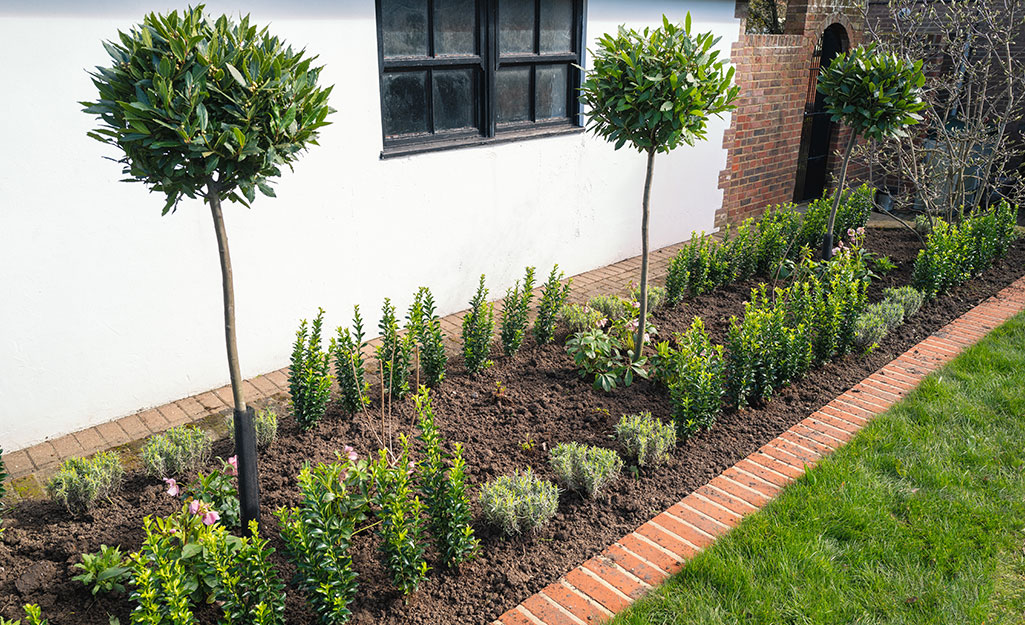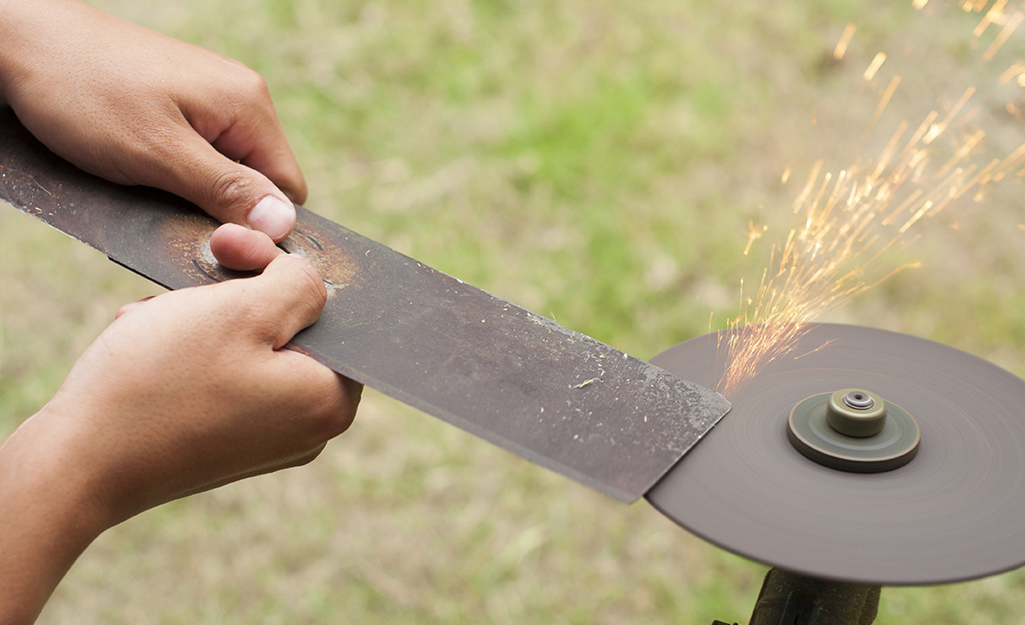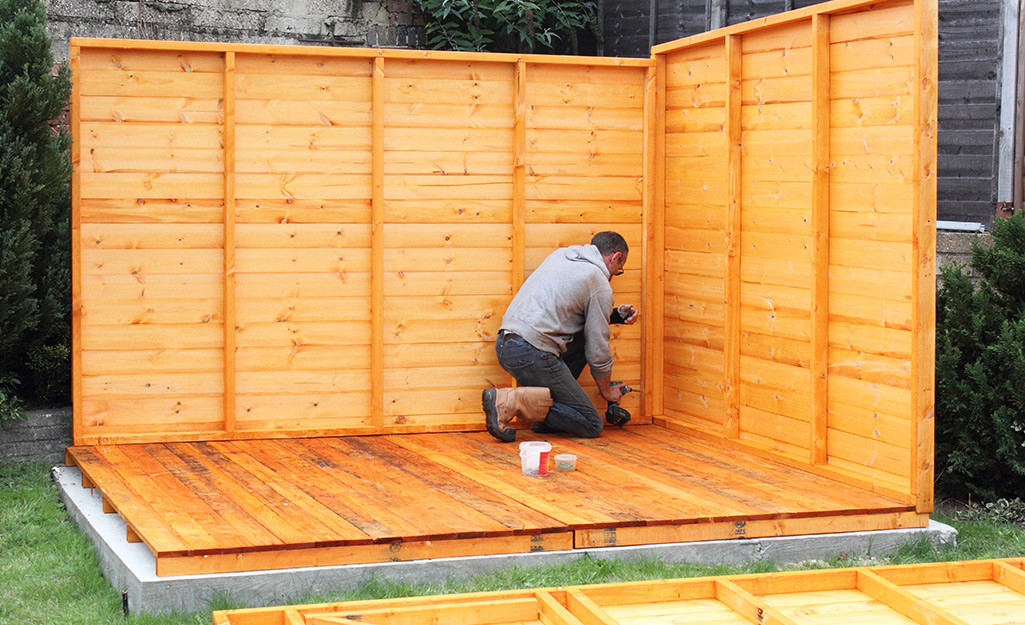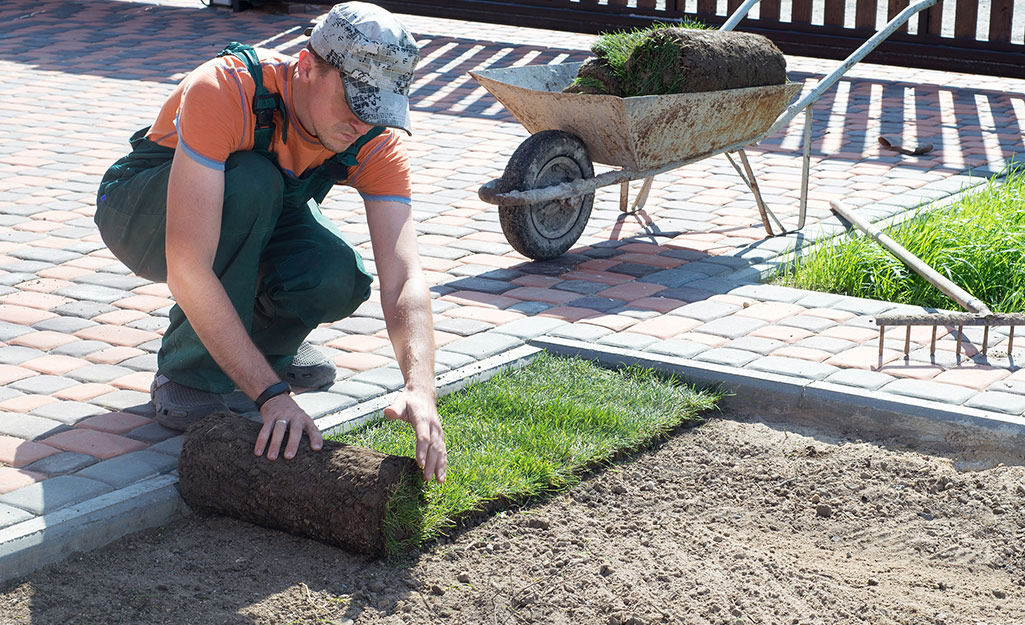
Do you have what you need to make your garden grow?


Garden Center
Store Hours
Mon-Wed:
6:00am - 9:00pm
Thu:
6:00am - 10:00pm
Fri:
6:00am - 10:00pm
Sat:
6:00am - 10:00pm
Sun:
8:00am - 8:00pm
Curbside:
09:00am - 6:00pm
Location
Shop Outdoor and Garden Supplies Near You
Shop Plants Online
Garden Project Calculators
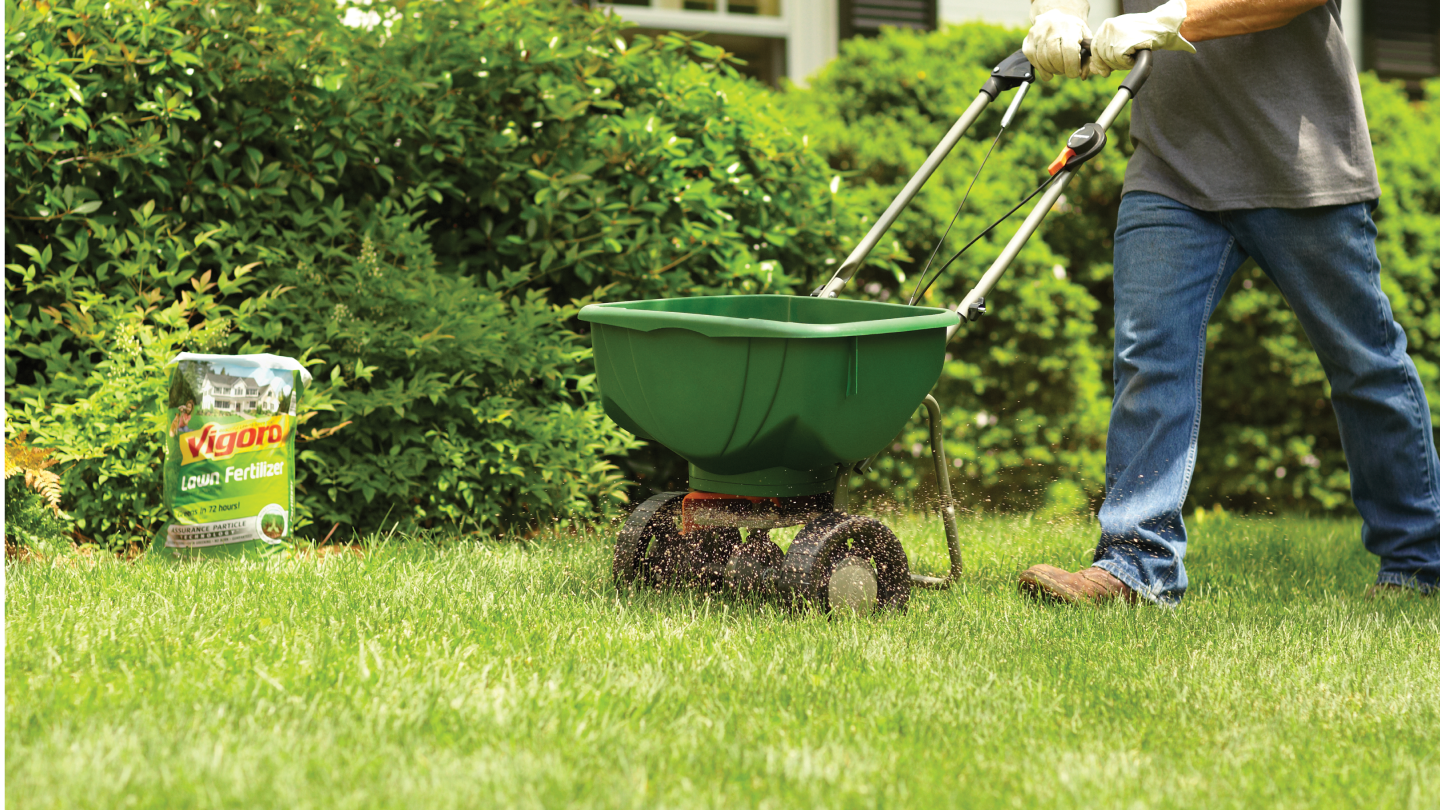;Resize=(703,395.44))
Grass Seed Calculator
When you're ready to seed your lawn, our calculator helps you estimate the amount of grass seed you'll need to get the job done.
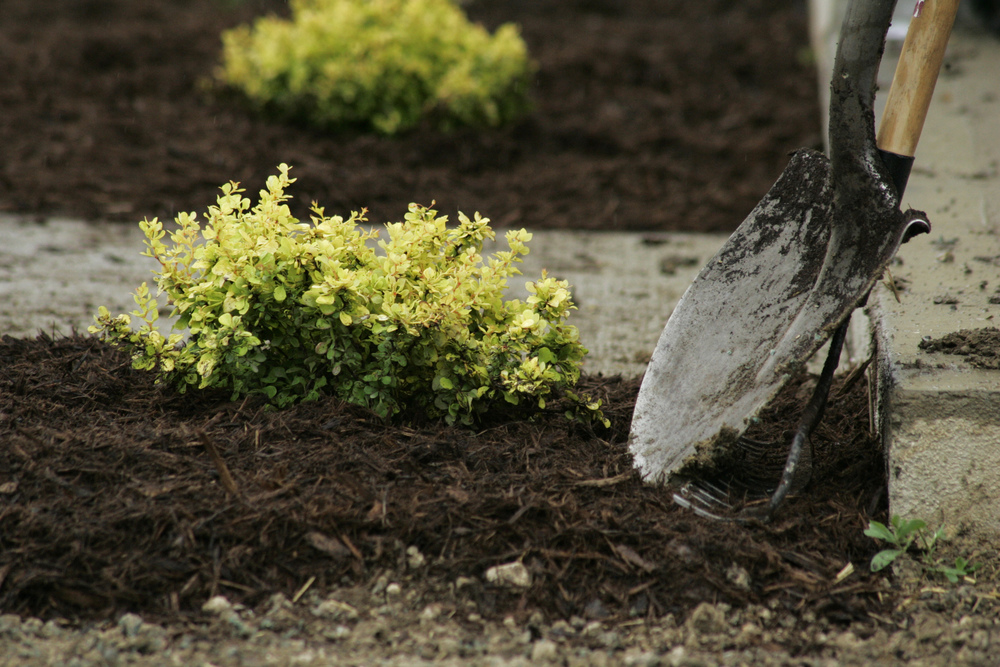;Resize=(703,395.44))
Mulch Calculator
Enter your preferred material, the square footage and mulch depth of the coverage space for accurate results.
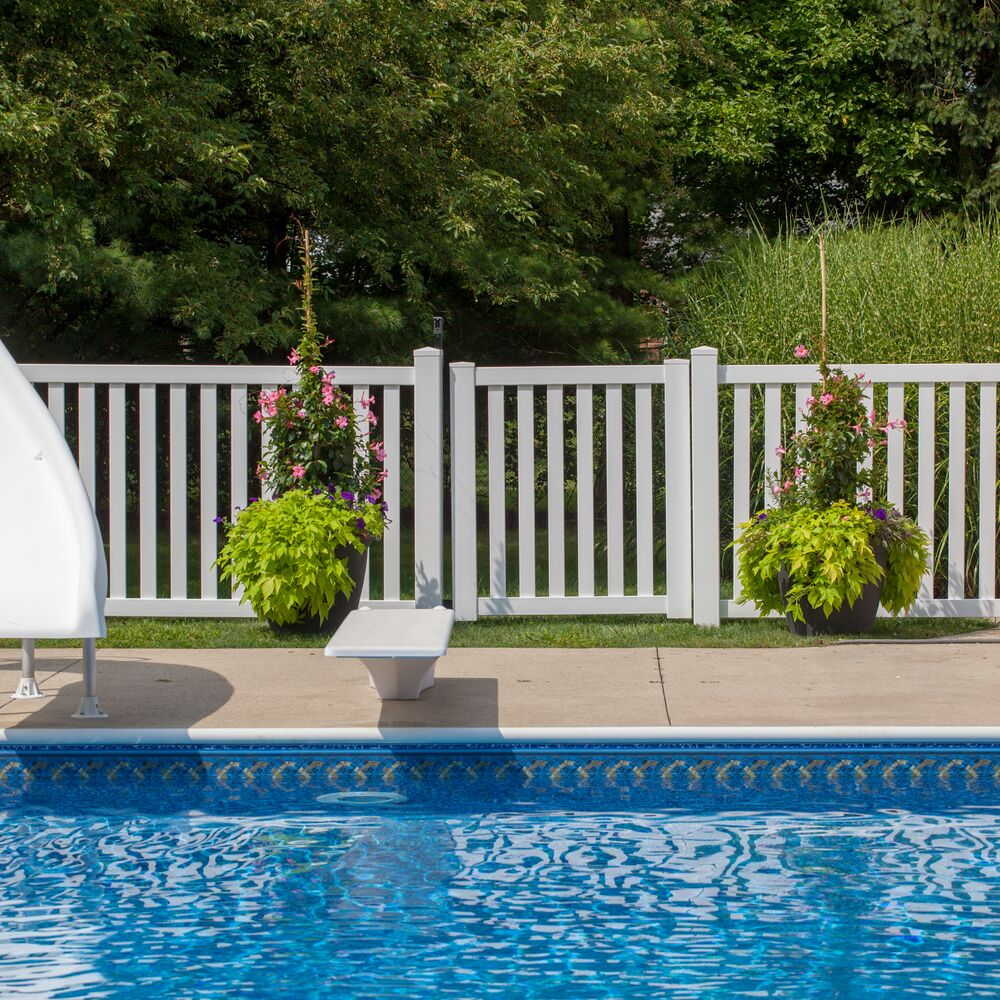;Resize=(703,395.44))
Fencing Calculator
We'll calculate the amount of fencing you should purchase based on your property needs.
Shop Outdoor and Garden Brands
Frequently Asked Questions About Gardening
Will my veggies survive a frost?
Fall plants should be mature by first frost so the cold won't kill them. Summertime crops, like tomatoes, are damaged or killed by frost unless they're covered, but other plants don't mind so much. Cole crops, including the cruciferous family of Brussels sprouts, broccoli, cauliflower, cabbage, and kale, thrive in cooler temperatures and may continue growing into the winter months. Get incredible depth to their taste by harvesting these veggies after frost. The plants convert starches to sugar, so they'll taste sweeter than previous harvests. Root veggies, like beets, also love chilly temperatures.
What can I do with the extra wood after tree trimming or tree removal?
Wood splitters leave you with more manageable chunks of wood, while wood chippers make tiny wood chips. After pruning trees and bushes with a gas chainsaw or hedge trimmers, clean up the debris in a wood chipper. If your trees are healthy, the chopped wood makes mulch that you can spread in your fall garden. If you removed a tree, you can either get a log splitter or an axe to divide the downed tree into smaller pieces. A wood splitter is quicker and a wise investment if you're doing a vast amount of tree cleanup, and bigger is better here.
How do I get rid of all these leaves?
If you'd prefer to use power tools to keep fallen leaves under control, shop our leaf blowers. Electric versions come as corded or cordless leaf blowers. We've also got walk-behind, backpack, and handheld leaf blower models. Leaf vacuums, vacuum-mulcher combo units, or rakes are additional options. Let the gathered leaves turn into mulch and enrich your soil or fill up yard waste bags and take them out to the curb.
How do I store my a lawn mower for the winter?
To maintain outdoor power equipment, clean it before you store it. Check the manufacturer's website or your owner's manual for info on caring for a specific tool, like oiling a chainsaw chain or removing grass from lawn mower blades. To shut down gas-powered outdoor power equipment for the season, run each tool at an idle until the gasoline runs out, then change the oil so it's ready in the spring. For electric tools, remove the battery, put it in its storage case, and store it where it won't freeze — usually away from the tools themselves. It's a bit labor-intensive now, but you'll be glad you maintained your tools when you use them again.
How do I prepare outdoor hose faucets for winter?
Prepare your outdoor spigots for freezing temperatures by draining and covering them with faucet covers. Shutting down the outdoor faucet can be put off until washing the car in the driveway or watering the garden is done for the year, but don't wait too long. With all hoses disconnected, turn off the indoor valves that control the spigots, then open the taps and let them run until the water stops. If you have pop-up sprinklers or a drip irrigation system, drain those as well as per the manufacturer's instructions. You may need an air compressor to get out every last drop of water. While you're at it, get a pool vacuum and pool cover and winterize your swimming pool, too.
How early do I prep for snow blower use?
In climates where it gets cold and snowy, early fall is the time to prepare your snow removal tools. Snow blowers are great, but keep a snow shovel and ice scraper to clean trouble spots or chip away ice patches. Find lightweight cordless and electric snow blowers as well as gas snow blowers. People with larger driveways may consider using a salt spreader to evenly distribute the ice melt or salt to clear the way to the mailbox or car. Prepare now before the snow starts falling.
Garden Project Ideas
The Home Depot Garden Center at W Lebanon
When a crisp day breezes in, hinting at the seasonal change, take advantage of it to do outdoor maintenance and a second round of planting. Now is a great time to get fall flowers and flower bulbs in the ground. Neaten up your bushes and trees, too, with pole saws, pruners, and chainsaws. Read on for more on fall garden maintenance, fall planting, and how to transition to your fall lawn and garden.
Patch or Fertilize Your Lawn
Patch up bald spots on your lawn by overseeding them. Autumn is a great time to fill in brown or bare places in your yard. However, make sure leaves don't fall on freshly seeded areas. New grass seed needs water, air, and sun to grow, and leaf litter can block out the air and sunlight it needs to germinate.
If your lawn is in good shape, make sure it stays that way by applying lawn fertilizer if you have cool-season grass. Rent an aerator to aerate your lawn before adding fertilizer to get those nutrients down near the roots quickly. An edger gives extra polish to the perimeter of your yard. Water your cool-season lawn regularly and tend to any weeds that show up. Warm-season varieties, like those in the southern states, are winding down their growth for the year. It's better not to fertilize it now, as you don't want fresh grass growing right before it goes dormant. Taper down watering on warm-season lawns.
Plant Flower Bulbs
If you've got your eye on spring-blooming bulb plants, get those planted soon. Although their roots look different because they sprout from bulbs and not just below the stem, they still need time to grow downward. Check your plant hardiness zone before planting. In colder climates, certain bulb flowers, like freesias, should be planted in spring instead. Plan your tulip, iris, and daffodil displays now. Garlic and onions can go in, too, for a harvest next spring or summer, but they won't need soil additives.
Try using retaining wall blocks to accent or surround your garden. A beautiful garden wall or hardscaping gives a finished look, especially when you spread a layer of rubber mulch. It'll overwinter just fine and look new longer than bark chips or other mulches that fade with weathering.
Skip the soil amendments when planting garlic or onion bulbs instead of flower bulbs. Simply plant them now, pointy-side up, and you'll have a fresh harvest by next summer. These plants will spread though, so be careful not to let them flower, dry out, and go to seed after they mature. Snip off the dried flowers to avoid planting a patch of volunteer garlic and onion plants.
Cut and Cover Perennials
In climates where you might have a cold snap but then warm up above freezing, cover your plants. Protect your garden from frost and freeze damage to extend their season. You can get extra life out of your garden by covering your plants with tarps, 5-gallon buckets, or even painting drop cloths. It'll warm your plants like a greenhouse, and they'll survive a frost.
This works well when the weather is still transitional, until you're fully into the colder parts of the season. Uncover the plants when it warms up again and let them enjoy that autumn sunshine. Once the temperatures regularly dip below freezing, it's time to say goodbye to the garden for the rest of the year.
Put the Garden to Bed
When your annuals start looking rougher, it's time to dig up the plants. Northern climates may be putting the garden to bed for the season in October or November, while warmer climates might wait until November or December. After your vegetable plants have given their final harvest, dig them up and dispose of the detritus, or dead plant debris. You can let them return their nutrients to the soil, but there are two exceptions: if your plants dealt with blight or if you had a slug problem.
After you've removed the old plants, you've got a clean slate. Prepare your garden bed for the spring by rotating the soil with a rototiller or shovel. You want to send the topsoil down, bring up the deeper soil, and loosen the earth. It lets the soil rest and helps nutrients penetrate. It's also an excellent opportunity to test the soil and see what, if any, soil amendments you need. Different crops and plants use different nutrients. Test your soil to see if it's balanced or if you ought to restore certain nutrients that have been depleted.
Indoor Gardening
Gardeners with potted plants can extend their growing season by bringing the plants indoors to a sunny window. Indoor gardening allows both outdoor plants to live longer and house plants to bring joy into your home. Just make sure they get enough water, and turn them regularly to give all leaves equal sunlight for photosynthesis. Remember to place decorative dishes beneath them if the pots don't have built-in overflow dishes to catch any extra water.
Warm the Outdoors with an Outdoor Fireplace
Stretch out your fall evenings with a fire pit, outdoor fireplace, or patio heater to take off the chill. No matter if you're looking to heat a small patio, a cozy back porch, or a spacious deck, we've got options. All you have to do is discover the one that matches your decor style.
We've got fire bowls and fire pit tables ready to warm your outdoor space. Check out stylish propane and natural gas fire pits in a variety of shapes. We've also got woodburning fire pits and the firewood to stoke them. You can even build your own with fire pit kits or make it completely custom and build an in-ground fire pit to your exact specifications with pavers that lead to and surround the pit. Stop by your closest garden center to see what's in stock.
Ease Into Autumn
This fall, tidy up your plants and flowers with us. We've got everything you need for leaf cleanup, putting the garden to bed, and restoring nutrients to your soil so it's ready for next spring. Shop our wide variety of fall garden care and outdoor living products online, in your W Lebanon store, or in our mobile app.
Nearby Stores
Find Another Store
451 Washington St
Claremont, NH 03743
18.23 mi
Mon-Sat: 6:00am - 9:00pm
Sun: 8:00am - 8:00pm
299 Us Route 4 E
Rutland, VT 05701
31.33 mi
Mon-Wed: 6:00am - 9:00pm
Thu: 6:00am - 10:00pm
Fri: 6:00am - 10:00pm
Sat: 6:00am - 10:00pm
Sun: 8:00am - 8:00pm
160 Laconia Rd
Tilton, NH 03276
40.19 mi
Mon-Wed: 6:00am - 9:00pm
Thu: 6:00am - 10:00pm
Fri: 6:00am - 10:00pm
Sat: 6:00am - 10:00pm
Sun: 8:00am - 8:00pm
)
;Resize=(300,300))
)
.jpeg?im=Crop,rect=(363.69230769230774,1.2307692307692308,958.7692307692308,958.7692307692308);Resize=(300,300))
;Resize=(300,300))
;Resize=(300,300))
;Resize=(300,300))
;Resize=(300,300))
)
)
)
)
)
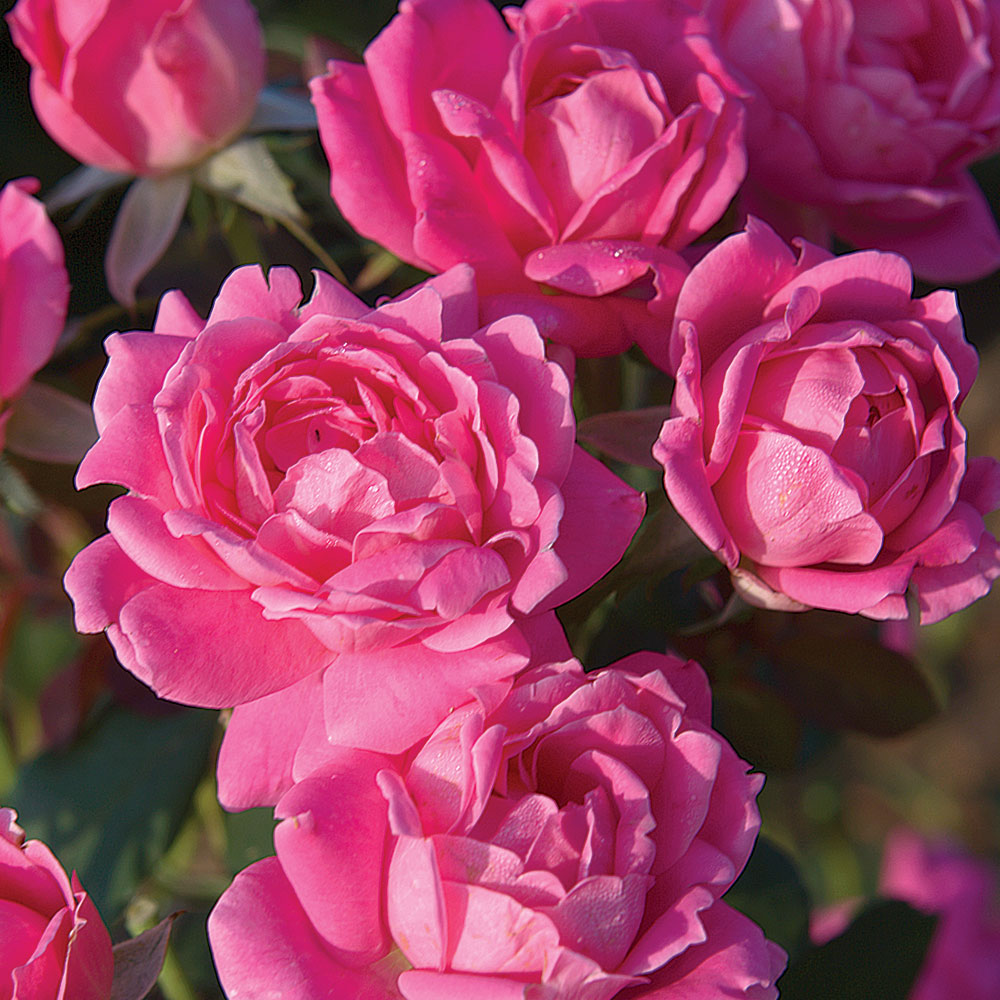)
)
)
)
;Resize=(300,300))
;Resize=(300,300))
)
)
)
)
;Resize=(300,300))
)
)
;Resize=(300,300))
;Resize=(300,300))















